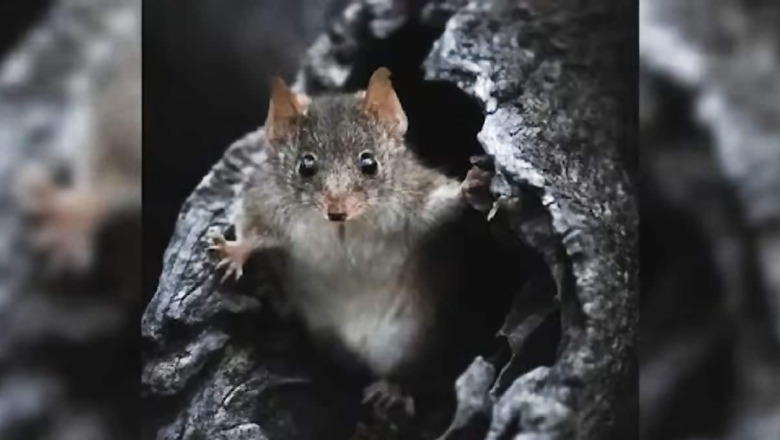
views
Antechinus are little marsupials found in various parts of Australia. These small mouse-like creatures eat insects, spiders, centipedes and sometimes frogs and small reptiles. They are known for their tendency to consume dead members of their own species. This strange behaviour is observed during their breeding period, which lasts from one to three weeks. In the unusual reproductive strategy called semelparity or suicidal reproduction, the male antechinuses die after this breeding period. The male creatures mate continuously for about 14 hours and die as a result of stress and exhaustion. The carcasses of male antechinus are eaten by other antechinuses, including females.
During the breeding season, the bodies of male antechinus produce large amounts of testosterone and the stress hormone cortisol. High levels of testosterone prevent the body from regulating cortisol levels. Very rarely some male antechinus survive death. Diana Fisher, a mammal ecologist at the University of Queensland in Australia, also detailed the statement released in 2013 about their unique breeding behaviour.
“Males stop making sperm before the mating season and their testes disintegrate, so they are not even using energy during the mating period. But they can never reproduce again even if they do live,” Diana said, as reported by Live Science.
Andrew Baker, an ecologist at the Queensland University of Technology, said in a statement in 2024, “Each species may benefit from eating the dead males of the other.”
According to a research report published in the journal Australian Mammalogy, this behaviour of eating the corpses of members of their own species (cannibalistic behaviour) is common among some dasyurids, a family of marsupials. This characteristic of antechinus benefits both males and females. With the males gone, female antechinus can focus on raising young without competition. The energy obtained by feeding on the carcasses of male antechinus is used to fuel the survival of the next generation.
Females go through a 25-35-day gestation period, after which the underdeveloped young move to a pouch on their mother’s abdomen to grow for 50 days. When the young acquire independence at about three months, the cycle begins again, with antechinuses achieving sexual maturity at roughly eight months.
















Comments
0 comment